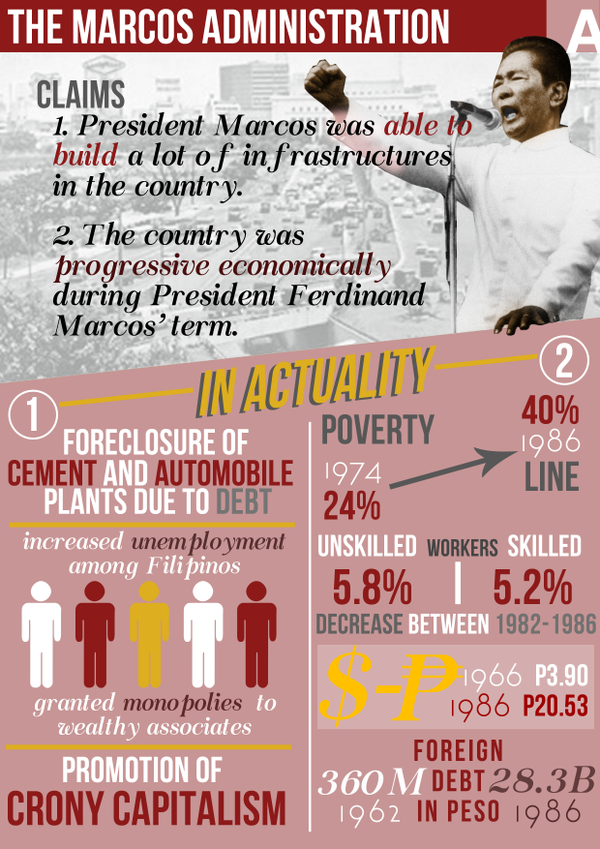Come Check Out The Exciting World Of Martial Arts, Where Ancient Customs Meet Contemporary Performance - A Journey Right Into History And Viewpoint Waits For.
Come Check Out The Exciting World Of Martial Arts, Where Ancient Customs Meet Contemporary Performance - A Journey Right Into History And Viewpoint Waits For.
Blog Article
Content Create By-Rafferty Montoya
Enter the old world where martial arts were substantiated of necessity in diverse areas. Cultures crafted special fighting styles intertwined with historic contexts. Strategies developed over centuries through dedicated method and social exchanges. Today, modern martial arts mix standard elements for optimal effectiveness. Philosophically, martial arts highlight discipline, self-improvement, and consistency. kids martial arts classes near me , humbleness, and balance are foundational concepts directing practitioners towards development and durability. Discover the midsts of this abundant background and approach to reveal the extensive impacts shaping this long-lasting self-control.
Beginnings of Fighting Style
Martial arts came from various areas all over the world, progressing as functional battle systems to resist hazards. when martial arts started fighting styles were created out of requirement, with each society crafting methods suited to their distinct settings and obstacles. From the grappling arts of Jujutsu in Japan to the striking techniques of Kung Fu in China, martial arts were deeply linked with the historic, social, and social material of their respective societies.
In Japan, the samurai course refined martial arts like Kenjutsu, the art of the sword, which later progressed right into the more promoted type of Kendo. Meanwhile, in Brazil, Capoeira became a blend of dancing and combat, produced by enslaved Africans as a means to stand up to oppression. Each martial art brings with it a rich background and viewpoint, showing the values and beliefs of the people that exercised them.
As you explore the beginnings of martial arts, you discover a tapestry of human ingenuity, durability, and the stubborn spirit of warriors throughout time.
Evolution of Strategies
Through centuries of practice and refinement, fight strategies within different martial arts have undertaken an extensive advancement. From ancient designs like Martial art and Karate to extra modern-day disciplines such as Brazilian Jiu-Jitsu and Krav Maga, the development of techniques has actually been driven by a mix of social influences, useful applications, and technical improvements.
One significant element of this evolution is the cross-pollination of strategies between various martial arts. As an example, techniques from conventional Japanese Jiu-Jitsu were integrated right into the production of Judo by Jigoro Kano in the late 19th century. This mixing of styles has actually caused the development of hybrid martial arts like Mixed Martial Arts (MIXED MARTIAL ARTS), which integrate elements of striking, grappling, and entry methods.
Furthermore, the development of techniques has actually been formed by the raising emphasis on effectiveness and performance in fight. Experts have actually continuously sought to fine-tune their methods through strenuous training, experimentation, and competitors, resulting in the development of very specialized and reliable combating designs. Overall, the development of strategies in martial arts mirrors the vibrant nature of fight and the ongoing quest for enhancement and innovation.
Thoughtful Structures
Discovering the underlying philosophical concepts of martial arts gives understanding into their core values and assisting beliefs. At the heart of lots of martial arts disciplines is the concept of technique itself. By training your mind and body to act as one natural unit, you cultivate technique that prolongs past the dojo or gym into day-to-day life. This self-control includes regard, humility, and self-control, forming not simply your physical abilities yet also your character.
One more essential philosophical structure in martial arts is the concept of continual self-improvement. The trip of mastering a fighting style is nonstop, with experts continuously striving to much better themselves, both literally and psychologically. This focus on development fosters strength, perseverance, and a growth way of thinking that can be related to all facets of life.
Moreover, martial arts highlight the relevance of harmony and balance. Strategies are developed to use an opponent's power against them, highlighting the principle of generating and redirecting pressure rather than satisfying it head-on. This viewpoint encompasses social partnerships, advertising relaxed resolutions and mutual understanding. By welcoming these philosophical foundations, martial musicians not only enhance their battle skills but likewise cultivate a way of life centered on personal growth, regard, and consistency.
Final thought
To conclude, the history and viewpoint of martial arts use an abundant tapestry of custom, discipline, and self-improvement.
Consider instance the story of Bruce Lee, that revolutionized martial arts by blending various designs and ideologies to develop his own one-of-a-kind kind of Jeet Kune Do.
Through devotion and advancement, martial musicians remain to push boundaries and influence others to reach their full possibility both in fight and in life.
